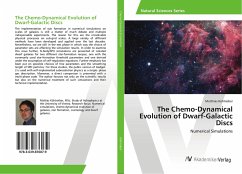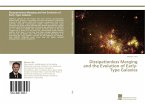The implementation of star formation in numerical simulations on scales of galaxies is still a matter of much debate and multiple indispensable experiments. The reason for this are the irresolvable physical processes on sub-grid scales. A large variety of different methods have been developed and applied over the last decades. Nevertheless, we are still in the test phase in which way the choice of parameter sets are affecting the simulation results. In order to examine this issue further, N-body/SPH simulations are presented of isolated dwarf galaxies for two different star-formation recipes, one with the commonly used star-formation threshold parameters and one derived under the assumption of self-regulation equations. Further emphasis has been put on possible choices of free parameters and the smoothing length of SPH particles. For these studies, the public version of Gadget-2 is used with self-implemented subresolution physics as a single- phase gas description. Moreover, a direct comparison is presented with a multi-phase code. The author focuses not only on the scientific results but also on the numerical treatment of such simulations and their technical implementation.
Bitte wählen Sie Ihr Anliegen aus.
Rechnungen
Retourenschein anfordern
Bestellstatus
Storno








